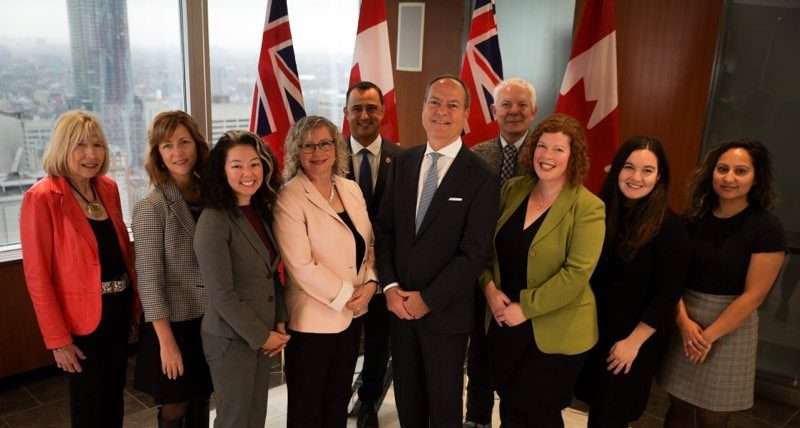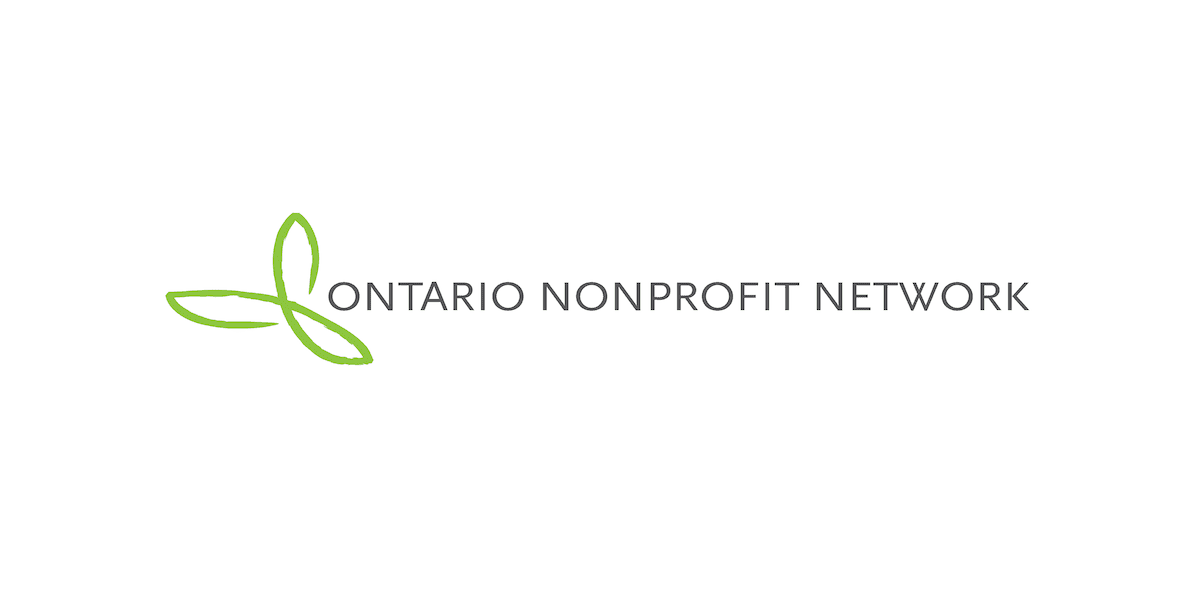Funding reform as a pathway to nonprofit sustainability
A minority of nonprofits in Ontario (approximately 12,000 to 15,000) have transfer payment agreements (TPAs) with the Ontario government or its agencies and 95 per cent of social services expenditures flow through transfer payments. There are approximately 5,000 Ontario nonprofits that have agreements with more than one provincial ministry.
When done well, TPAs are simple, flexible, contain proportional oversight, and are built on accountability, and reciprocal respect. TPAs should efficiently ensure accountability for the delivery of defined results while allowing flexibility for innovation and rapid response on the ground.
When not done well, TPAs divert resources from producing results without delivering any additional accountability.
For example:
- Funding applications that ask for information the government already has on file.
- Delays in delivering crucial funding, creating cash flow challenges.
- Onerous approval processes for small budget changes that are inevitable when delivering innovative and flexible programs, and in times of crisis.
- Duplicative reporting requirements outside of the streamlined Transfer Payment Ontario system, particularly for nonprofits with multiple TPAs.
Funding reform is needed
Funding agreements (also known as “transfer payment agreements”) with the Ontario government take up a significant amount of nonprofits’ administrative capacity, especially when it comes to financial accountability and budget constraints. There is a need to simplify and streamline application processes, agreements, budget templates, and reporting requirements. While past funding reform advocacy has given us a TPA Directive and Operational policy rooted in our five principles, much work still remains.
For example, ministries use a proportional risk matrix to determine whether budget flexibility, streamlined reporting, and/or streamlined agreement renewal can be provided to organizations. But when not applied consistently across ministries and departments, the matrix can add unnecessary difficulty to the application process. It is not clear nor transparent how nonprofits are assessed, how many are assessed at which level, and more broadly, if the risk assessment is working for both nonprofits and the government.
Beyond administrative modernization, the sector also grapples with a range of funding challenges and trends, such as funding sufficiency (including funding to meet new employment standards, to address inflationary increases in operating costs, and to invest in innovation/systems change work), investment in core mission support, changing modes of funding, and the need for data and evaluation capacity to measure outcomes.
The funding relationship between funders and Ontario’s nonprofit sector must be characterized by reciprocal respect, a shared commitment to transparency and mutual accountability, continuous improvement of administrative processes, a spirit of partnership, and a focus on outcomes for communities.
ONN’s policy history with TPAs
ONN’s advocacy around funding reform began with advocacy to modernize Transfer Payment Ontario. Transfer payment agreement modernization was not new, and had been a subject of consultation between government and the nonprofit sector since at least 2012. Significant progress was made in 2015 when the Transfer Payment Administrative Modernization (TPAM) Office undertook a consultation process to develop principles to guide the modernization of transfer payment agreements.
As outlined in the final engagement report, representatives from the Ontario Public Service and Ontario’s nonprofit sector co-designed a set of six principles that are now embedded in the Transfer Payment Operational Policy. Since 2018, the province has introduced and implemented more streamlined practices through the Transfer Payment Accountability Directive (rules governing how transfer payments are made to nonprofits), the Transfer Payment Operational Policy (policy on operational requirements and best practices to support effective and proportional oversight of transfer payment activities), and the Transfer Payment Consolidation Smart Initiative.
The modernization of transfer payment agreements cannot end with the launch of the directives and policies. Modernization that has sustained results for nonprofits and government requires ongoing collaboration, particularly in this implementation stage.
Funding reform: What is ONN advocating for?
ONN is embarking on a few different initiatives to tackle funding reform at all levels:
- Stable, long-term, and flexible operational funding that reflects the true cost of delivering services and programs, keeps pace with inflation, and responds to emerging needs.
- Reduction of administrative burdens associated with transfer payment agreements (TPAs), by streamlining budget lines, eliminating first-quarter reports, pre-approving transferring amounts between budget lines and from one year to the next, and developing umbrella agreements.
- Improve the Treasury Board Secretariat’s Policy on transfer payments to make funding for nonprofits more equitable and effective.
- Coordinated approach for nonprofit employers to negotiate transfer payment agreements that contain key decent work measures.
Government can take immediate next steps by:
- Creating a joint government-nonprofit table on Transfer Payment Agreement (TPA) modernization within the Treasury Board Secretariat.
- Sharing transfer payment agreement data related to the nonprofit sector. For example, how many receive TPAs, for how much, through which ministry, and what percentage of the overall budget do they make up.
- Be transparent about the assessment criteria and data related to the Proportional Oversight Matrix so the sector can inform implementation. Consider a pilot project related to matrix transparency.
How are we advocating for funding reform?
- Coordinating key informant interviews with the sector to uncover and report on priority issues present in funding agreements.
- Building strong evidence to highlight the true cost of delivering services, value of nonprofit driven services in communities, and the cost to tertiary systems.
- Ongoing government relations with the Treasury Board Secretariat.
Additional work supporting our funding reform policy initiative
- Advancing decent work in non-governmental funding with education focused on dispelling stereotypical thinking around costs associated with administration, salaries, and benefits and on multi-year funding opportunities and the importance of these in building organizational sustainability and community wellness and how this is tied to decent work.
- Supporting nonprofit sector work focused on living wage standardization and how this aligns with decent work in funding applications and funding relationships.
Ways nonprofits can get involved
- Access this resource to learn more about funding reform and ONN’s previous work on the topic: TPON Briefing Note.
- If you have any funding concerns or are seeking resources please contact ebony@theonn.ca.
Partners









